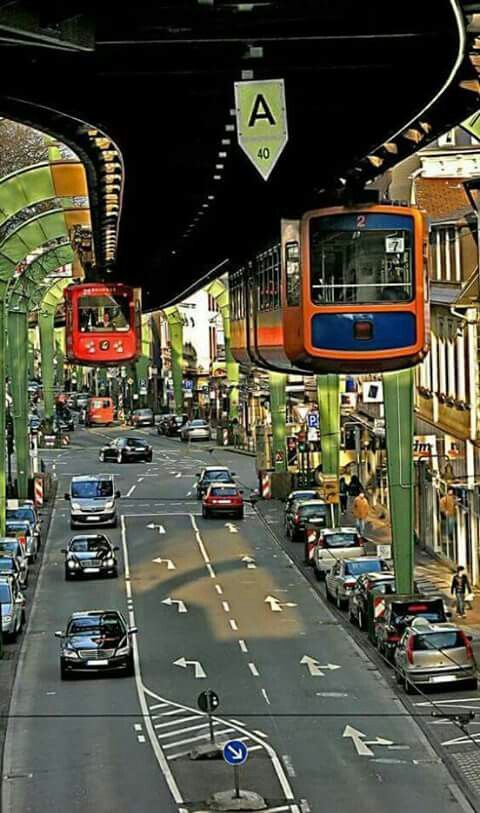|
SPEED = reduced journey time
Because of the intertwined effects of the 3 S-Factors it is logical that you cannot have truly rapid ground-based transport (of whatever kind), without compromising other factors.
For reasons of safety, Mass “Rapid” Transport at ground level when sharing the same space with other forms of transport must abide by existing road speed limits, so cannot actually achieve higher speeds. Calling this road-sharing system ‘Light Rail’ is an illusion, giving RAIL a bad name! So it is an oxymoron to describe ground-based modes of transport as “Rapid” Transport. And regardless of speed limits, ’Light Rail’ (Trams) compromise surety and safety – see our SAFETY pages about incidents and accidents repeatedly disrupting the reliability of the system in Sydney.
Only monorail can achieve high speeds without compromising safety and reliability, and we favour Suspension Monorail as a less expensive variant of monorail.
If you doubt the speed (+ safety + reliability) of Suspension Monorail, look at our other pages, particularly our FAQ about PRECEDENTS, and our LINKS page. All of the examples, whether in Germany, Japan, or China, can accelerate safely to 65 or 70 km/hour unaffected by road speeds below. We challenge you to find videos of a Tram/’Light-Rail’ system showing actual sustained speed under normal road traffic conditions that can match that of Suspension Monorail...
In Wellington City, announcements from LGWM increasingly seemed to promote - as ‘progress’ - each instance of reducing the speed limit to 30 km/hour. Moreover at peak times or where there is a special event, an accident, roadworks, sinkholes or flooding from burst sewers or water mains, traffic travels at a crawl because of limited alternative routes.
Moreover, if the supposed “Rapid” ground-level Transport itself becomes involved in an accident then this can affect other “rapid” transport vehicles behind as well as other road users, sometimes bringing them all to a standstill. None of this affects Suspension Monorail.
 
But speed is not just about how fast the vehicle can go, it is also about reducing total journey time. That can be affected by delays at stations/bus stops, and in walking - or wheelchair - time to and from these stations/bus stops. Would you want to use Trams if the route was chosen to be distant from your favourite destinations? Suspension Monoail in Wellington would not need to be diverted away from Lambton Quay, or from the present Kilbirnie bus hub, or from the Miramar Cutting and Miramar Avenue (as appeared in some plans for ‘Light Rail’).
Future additions to create a Suspension Monorail network, could similarly go to popular destinations, rather than having to be diverted to wider roads.
We predict, for a Wellington SM link from central station to the airport (10.5km, with 13 stops), reliably achieving a total journey time of 20 minutes; and a similar time from station to Island Bay. Compare this with Sydney, currently taking more than 40 minutes (frequently 50 minutes) over a similar distance.
Edinburgh at least calls them trams. But its 14 km tramway with 15 stops takes 40 minutes. Construction took 5 years longer than planned, and since 2014 was beset by disputes and cost overruns (“Edinburgh Tram Inquiry” - with no outcome by early 2023)!
|